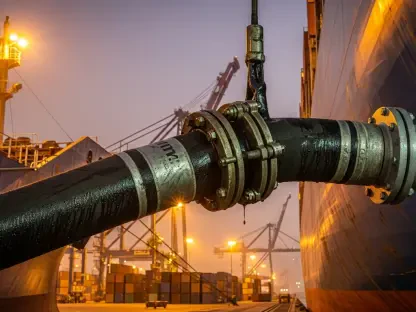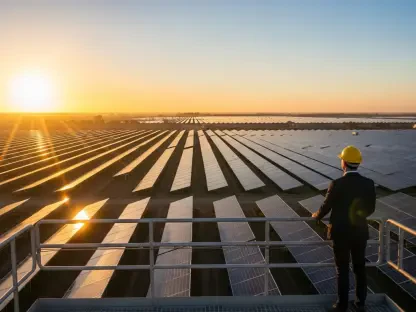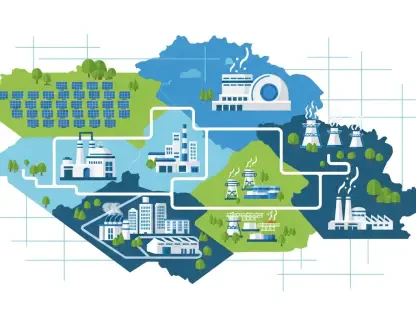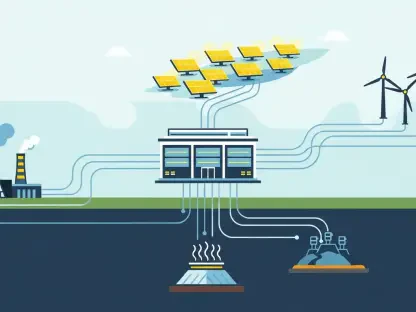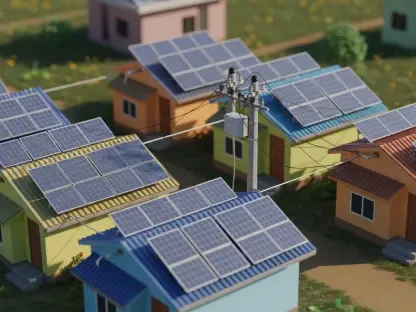What Massive Monument Drives Energy At Incredible Scale?
Nestled amid the rugged landscapes of central Washington, Grand Coulee Dam serves as more than just an engineering marvel; it’s a powerhouse that quietly propels millions toward an energy-sustained future. With a staggering height of 550 feet and extending over 5,223 feet in length, this dam provides a record-breaking 6,809 MW of energy across states, contributing significantly to the modern grid. Yet, it’s not just about size; the dam holds within its concrete confines nearly 12 trillion liters of water, creating the expansive Roosevelt Lake. Its role in hydropower generation has left a profound mark on energy distribution throughout western North America, including sections of California and even parts of Canada.
Why Grand Coulee’s Role Is More Crucial Than Ever
Today, amid soaring energy demands and the urgent shift toward renewable resources, Grand Coulee Dam stands as a pillar of sustainable energy solutions. The dam represents how hydropower can be instrumental in addressing climate concerns, providing a clean energy alternative at a time when carbon emission reductions are vital. With an annual output exceeding 21 billion kWh, the dam contributes to ecological balance, aiding in the mission to reduce dependency on fossil fuels. Its significance in the climate discourse is evident as regions across the globe look to hydropower for more sustainable electricity sources.
Unraveling the Engineering Wonder
The awe-inspiring mechanics of Grand Coulee reveal its meticulous design, crafted to optimize hydropower generation. The complex infrastructure captures the gravitational force of water from the Columbia River, channeling it through turbines to produce substantial energy outputs. This strategic placement and engineering enable distribution to eight western states, ensuring a steady electrical inflow into homes and industries alike. Grand Coulee’s operations articulate how such colossal structures leverage natural resources efficiently, offering a blueprint for maximized outputs and seamless geographical energy distribution.
Voices From Past To Present
Historian Paul Pitzer reminisces about World War II, where Grand Coulee’s energy facilitated crucial wartime industrial activities, including aluminum production integral to aircraft manufacturing. Fast-forward to today, experts continue to acclaim the dam for its persistent impact on regional stability and growth. Modern testimonials from locals speak to the dam’s influence on community life—recalling how the generated power supports everyday functions and adds a layer of security in energy availability. It’s a tale that intertwines past milestones with present-day narratives, weaving a story of continual impact.
Beyond Power: Multifaceted Contributions
Grand Coulee Dam, however, transcends electricity generation, with its contributions spanning irrigation, flood control, recreation, and conservation. Irrigation from the dam transforms arid lands, while flood control measures safeguard communities downstream. Recreation activities thrive around Roosevelt Lake, allowing residents and tourists to engage with the natural environment—a testament to water’s versatile role. Moreover, conservation efforts illustrate how lessons learned from Grand Coulee can inspire future projects, encouraging innovative energy stewardship across a spectrum of hydropower initiatives. These diverse benefits highlight the dam’s multi-dimensional role beyond mere energy production.
At its core, Grand Coulee Dam exemplifies how harnessing natural resources can facilitate widespread change. This monumental structure, with its vast capabilities, underscores hydropower’s potential as a sustainable energy solution. Looking ahead, lessons from Grand Coulee advocate for similar frameworks in creating resilient and integrated energy systems. As nations grapple with climate challenges and seek cleaner energy pathways, Grand Coulee offers a timeless example of innovation blended with ecological harmony. Progress in hydropower management inspired by this landmark enhances understanding of water’s crucial role in technological advancement and ecological preservation, laying a foundation for future endeavors.


